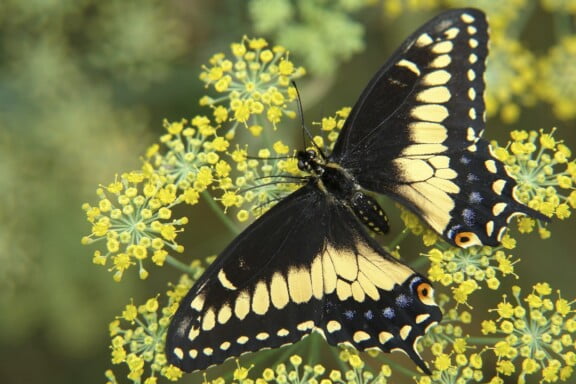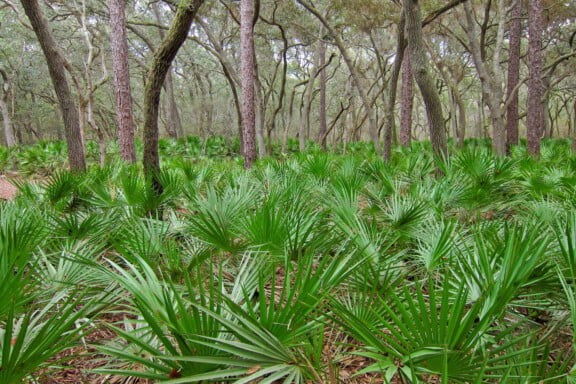Each fall, as the sweltering heat subsides, a window opens for cultivating an aromatic herb and sanctuary for the enchanting Black Swallowtail butterflies – Dill.
English
Raven Silverwing and the Magical Tales of Pearl
But love and friendship have a magic that knows no bounds. The tales spun from Pearl’s eyes lived in the hearts of Eldoria’s creatures.
Germinating Dormant or Hardened Saw Palmetto Drupes: Exploring the Role of the Endocarp
The journey of germinating Saw Palmetto drupes with the endocarp intact requires an understanding of the seed’s anatomy and how each layer interacts with the environment. While removing the endocarp can aid in speeding up germination, it comes with its risks. Scarification, with methods like the rock tumbler, offers an alternative that can encourage faster germination without the potential downsides of complete endocarpal removal.
What’s the Difference Between Sabal Etonia and Sabal Minor?
Both species are resistant to a variety of environmental conditions, making them valuable for landscaping in their native regions. When trying to distinguish them in the wild or in cultivation, considering their habitat, leaf shape, and the length of the inflorescence can be helpful.
Saw Palmetto (Serenoa repens): A Keystone Species of the U.S. Southeast
Saw Palmetto is emblematic of the intricate connections within ecosystems. Serving as a medicinal plant for humans, a food source for wildlife, and a home for various butterfly species, its importance can’t be overstated.
Johnny Butterflyseed, What is Your Name in Spanish?
“Juanito” is a diminutive and affectionate form of “Juan” (equivalent to “Johnny”), and “Semillademariposa” translates directly to “Butterflyseed.” This keeps the playful and endearing nature of the original name.
The Genus Rudbeckia: A Tale of Beauty, History, and Ecological Importance
The genus Rudbeckia, commonly known as coneflowers or black-eyed Susans, holds a special place in both the botanical world and American heritage.
Germinating Crataegus Michauxii Seeds
This article attempts to assist the user in germinating Michaux’s Hawthorn seeds.





